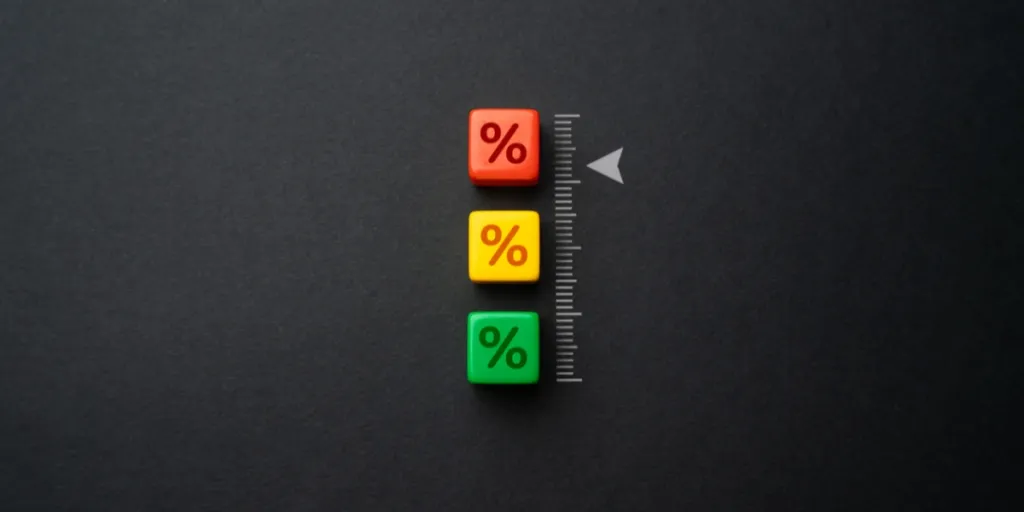Anybody starting and growing a small business has most likely encountered the terms “margin” and “markup.” These two concepts are fundamental to running a successful business, but new owners often misunderstand or use them interchangeably, leading to big mistakes.
In simple terms, margin and markup are two ways to examine the relationship between costs, pricing, and profit. They sound similar, but they serve very different purposes. Misunderstanding these differences can result in underpricing, overpricing, or not hitting those profit targets.
These are key accounting concepts that owners will encounter when managing the financial side of their business. This article will explore why margin and markup matter, how to calculate them, and how to use them to run a more profitable business.
Table of Contents
What is margin?
How do you calculate margin?
Why does margin matter?
What is markup?
How do you calculate markup?
Why does markup matter?
Key differences between margin and markup
1. What they’re based on
2. Who uses them
3. When do people use them?
4. Real-life implications
Margin vs. markup: How to know when it’s good
What is a good margin?
What is a good markup?
In conclusion
What is margin?
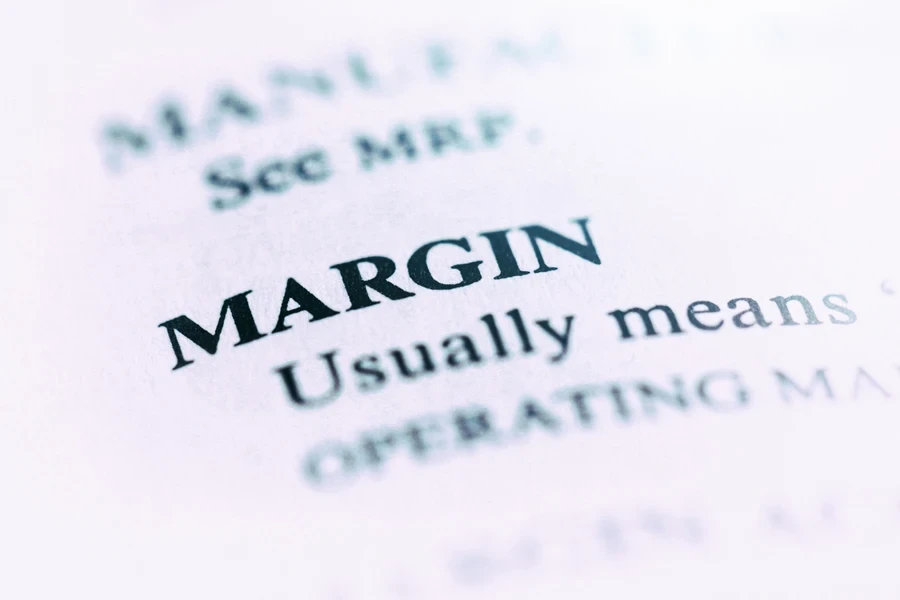
One basic rule stands out in ecommerce: products must sell at a higher price than they cost to make or stock them. This rule is what helps many businesses make a profit. So, how does margin fit into this rule? Think of margin as the part of the selling price that companies get to keep after covering the cost of goods sold (COGS). In other words, the percentage of the sales revenue counts as profit.
How do you calculate margin?
Businesses can use this formula to calculate profit margin:
Margin (%) = (Revenue − COGS / Revenue) × 100
Let’s break that down with an example. Imagine a business selling a product for US$100, and it costs US$ 60 to produce. The margin would look like this:
Margin = (100 − 60 / 100) × 100 = 40%
That 40% margin tells the business that 40% of its selling price is pure profit, while the other 60% covers its costs.
Why does margin matter?
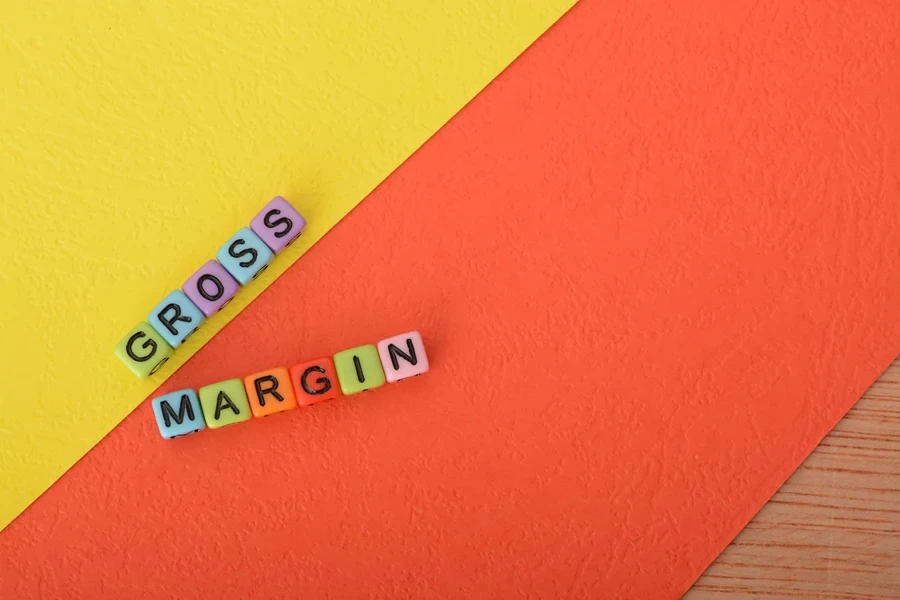
Margin is a big-picture metric. It helps business owners understand how much of their revenue contributes to their profits after the costs are accounted for. A healthy margin means the business made enough on each sale to cover expenses and still have money left to grow the business.
Businesses with high margins often have more financial stability, while those with slim margins might have to rely on higher sales volumes to stay afloat.
What is markup?
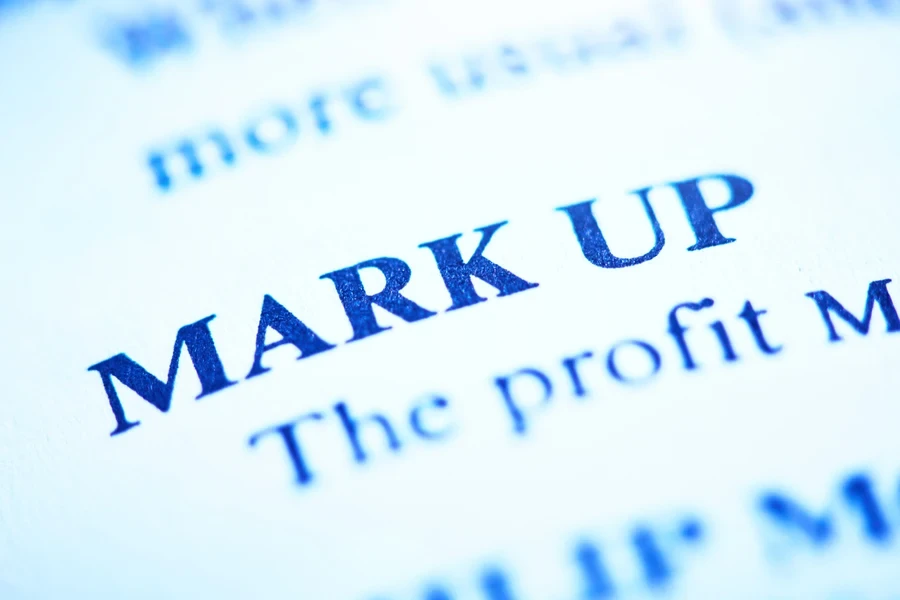
Markup works differently. Instead of focusing on how much of the selling price is profit, markup looks at how much extra businesses are charging over the cost of the product. It’s a way to calculate the selling price based on costs.
How do you calculate markup?
Here’s a formula businesses can use to calculate markup:
Markup (%) = (Selling Price − COGS / COGS) x 100
Using the same example as before, where the product costs US$ 60, and the business sells it for US$ 100, the markup would be:
Markup = (100 − 60 / 60) × 100 = 66.67%
This means the business charges 66.67% more than it costs them to produce the product.
Why does markup matter?
Markup is all about pricing. It’s the tool businesses use to determine how much to charge to cover their costs and make a profit. Without a proper markup strategy, they might set prices too low to sustain the business or too high to stay competitive.
Key differences between margin and markup
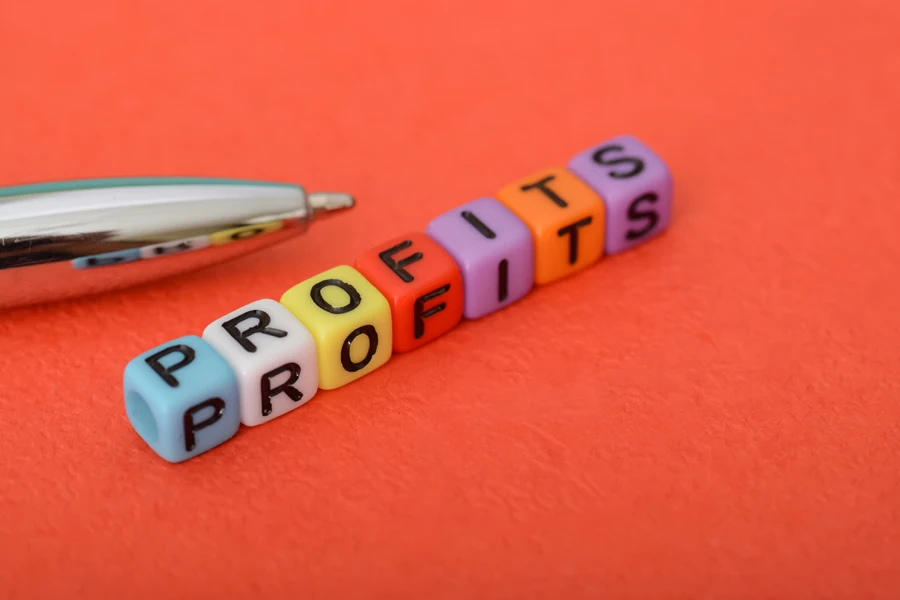
While margin and markup are closely related, they’re not the same. Let’s explore the main differences in more detail.
1. What they’re based on
The key difference between margin and markup is perspective. Margin is based on the selling price, which tells businesses what percentage of their revenue is profit. Markup is based on cost, which tells owners how much more than the cost they’re charging.
Using the previous example, If a brand sells a product for US$ 100 and it costs US$ 60. The margin will be 40% of the selling price, while the markup is 66.67% of the cost.
2. Who uses them
Different people in a business might focus on one metric over the other. Accountants and financial analysts often use margins to measure overall profitability. Markup is more useful for sales teams and pricing strategists setting prices.
3. When do people use them?
Business owners often use markup when setting their retail prices. It’s a key metric for ensuring the selling price covers everything (including the cost of goods and operating expenses) while securing a profit.
On the other hand, brands use margins to check their business profitability and ensure they cover all fixed costs. After all, margins show how much profit they’ll earn from each sale.
4. Real-life implications
If a business aims for a 40% margin but accidentally applies a 40% markup instead. Here’s how that would play out:
Correct Margin (40%):
Selling Price = Cost / 1−Margin
=
60 / 1−0.4 = 100
Incorrect markup (40%):
Selling Price = Cost × (1+Markup)
=
60 × (1+0.4) = 84
By confusing the two, businesses will underprice their products to US$ 84 instead of US$ 100, affecting their profits.
Margin vs. markup: How to know when it’s good
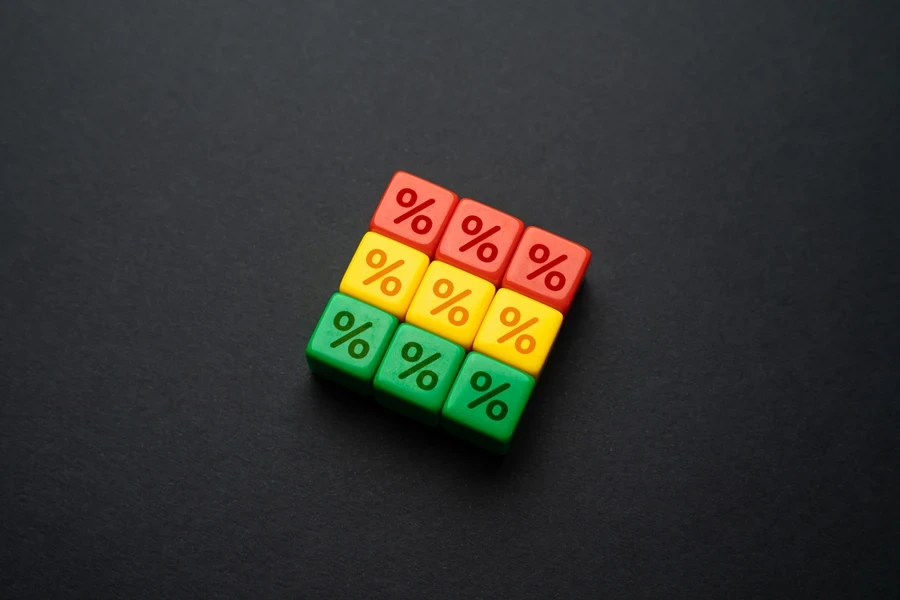
What is a good margin?
What qualifies as a “good” margin? The answer varies in ecommerce as it depends on industry, business model, competition, product type, and market position. Generally, ecommerce businesses target a 30% to 40% gross margin. However, brands dealing in luxury or niche products usually push for higher margins, while those in high-volume, competitive markets typically use narrower margins.
Note that the best margin for any business should support its operating costs while allowing for competitive pricing and profit.
What is a good markup?
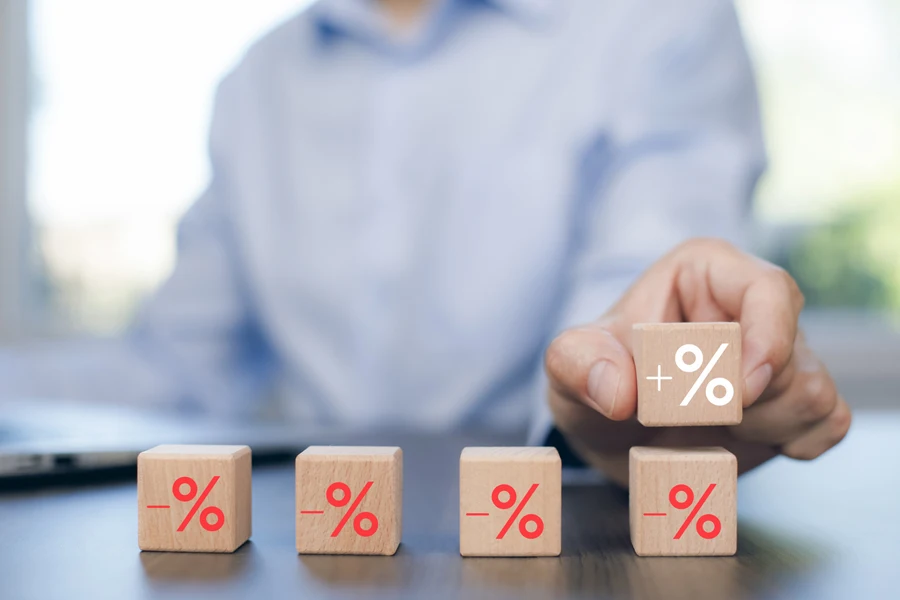
Markup also has its standard approach. Many businesses want a 50% to 60% retail markup (or keystone), but the best depends on the product and industry. For example, luxury items always have a massive markup, while smaller products (like kitchen utensils) have lower ones.
As the business expands, owners can change their markup to fit their new goals and market dynamics. Here’s what to consider when aiming for a “good” markup:
- Lower prices should have higher markup percentages to stay profitable.
- Businesses should use lower markups if they move and sell their products quickly.
- Everyday items should have a smaller markup than unique or one-of-a-kind products.
- Study the competition to gain some insights into their markup strategies.
While setting high markups is tempting, it could chase customers away and decrease sales, especially for small or growing businesses. On the other hand, using a low markup will reduce the company’s profit.
In conclusion
Choosing between markup and margin depends on the business’s goals and pricing approach. For instance, markup offers the simplest way to calculate costs based on product cost if the business wants to cover all expenses and earn a specific profit. However, if the business is more interested in checking profit related to sales revenue, margin is the better choice, as it shows the profit percentage from each sale.
Some industries may also choose one metric over the other. For example, retail loves using markup, while sectors with more complicated cost structures typically focus on margins.
